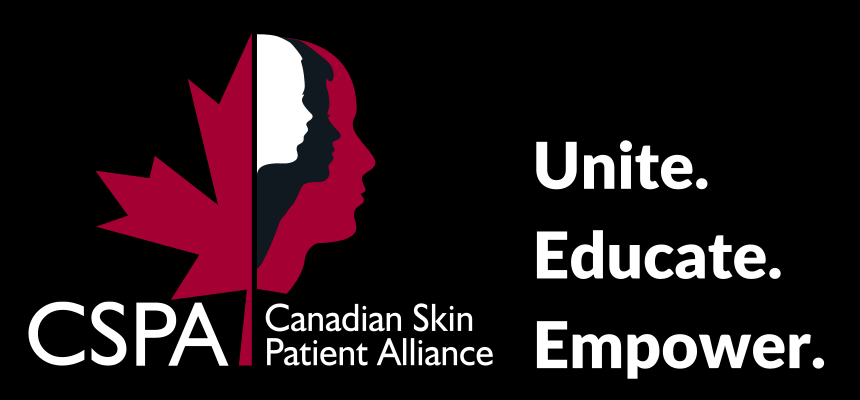Diagnosis
Tests are rarely necessary for the diagnosis of primary focal hyperhidrosis. The diagnosis of hyperhidrosis is clinical and based on signs and symptoms. For primary focal hyperhidrosis, criteria for diagnosis include focal, visible, excessive sweating for at least six months without apparent cause, plus at least two of the following characteristics:
- Relatively the same on both sides of the body
- Impairs daily activities
- At least one episode per week
- Started happening before age 25
- Family history of idiopathic hyperhidrosis
- Focal sweating stops during sleep
For secondary hyperhidrosis, the amount, location, and timing of the sweating can differ depending on the condition that is causing it. Secondary hyperhidrosis is usually generalized and it can occur when awake or asleep. The treatment for secondary hyperhidrosis is usually to treat the underlying condition itself.
Treatment
There are several treatment options available for people living with hyperhidrosis. Since hyperhidrosis affects people differently, treatment options vary.
Lifestyle Measures
There are many practices that can help people living with hyperhidrosis manage the condition:
- Avoid triggers such as heat, physical activity, spicy foods, caffeine, alcohol, or situations that evoke anxiety.
- Avoid medications that may be contributing to hyperhidrosis. These can include some types of antidepressants, medications that lower blood sugar, antibiotics, or other medications.
- Wash with an antibacterial cleanser to help reduce odour and the risk of bacterial infection.
- Dry skin thoroughly after bathing and apply corn starch powder.
- Choose clothing made with absorbent material (such as cotton) rather than synthetic fabrics.
- Wear loose-fitting, stain-resistant, sweat-proof clothing.
- “Moisture wicking” fabrics, such as wool, cotton, and other synthetic materials, pull sweat away from the skin. “Sweat-blocking” products have multiple layers to absorb sweat and block it from reaching the surface.
- Choose dark colored clothing or bold patterns to help conceal sweat marks.
- Use underarm liners or dress shields to absorb excess sweat from these areas.
- Use foot powder, absorbent shoe insoles, and change shoes frequently.
- Choose cotton or wool socks to absorb dampness and change socks frequently.
- Wear socks containing silver or copper to reduce infection and odour.
|
Avoid |
Instead |
|
|
Topical treatments
Antiperspirants: These are a common first-line treatment. They contain a low-dose metal salt (most commonly aluminum) and come in the form of sprays, gels, roll-ons, and lotions. Topical antiperspirant products obstruct the sweat ducts at the surface of the skin to block excessive sweating. When commercial-strength antiperspirants are not sufficient, treatment with prescription-strength antiperspirants may provide adequate management. Prescription strength antiperspirants are applied nightly until improvement is noted, at which point the timing between applications can be gradually increased to maintain sweat control.
Topical glycopyrrolate: This anticholinergic agent inhibits the action of acetylcholine on sweat glands, thereby inhibiting sweating. It is generally applied daily as a medicated wipe.
Botulinum toxin: Injection with botulinum toxin blocks the release of acetylcholine, interrupting the signal from the nerve to the sweat gland. Most people require 1 to 2 treatments annually.
Iontophoresis: This is used for hyperhidrosis of the palms or soles and involves the application of low-intensity electrical current. This is normally done by placing the hands or feet in a shallow tray of water through which a low-voltage current passes. Repeat treatments are needed to maintain results, which can often be done with the appliance at home. This can provide a long term reduction in sweating provided a maintenance schedule is followed.
Microwave thermolysis: This can be used for underarm sweating. It involves using a handheld device to deliver electromagnetic energy, causing eccrine sweat glands to be destroyed. It typically requires two treatment sessions separated by three months and provides a lasting reduction in sweat.
Oral medications
Oral anticholinergics, such as oxybutynin and glycopyrrolate, block cholinergic receptors in the body to reduce sweating. Use of these medications is limited by their side effects. Other oral medications including beta-blockers, clonidine, and benzodiazepines may also be helpful. Continued treatment is necessary to maintain response.
Surgery
Sweat gland removal: This is considered when hyperhidrosis is severe and more conservative treatments have failed. Several techniques are used to remove sweat glands from the underarms, including cutting out the glands, liposuction, or a combination of these.
Endoscopic thoracic sympathectomy: ETS is a procedure normally reserved for people with severe symptoms that cannot be managed with other therapies. It involves surgery to cut the nerves involved in the sweating. It has the potential for significant adverse effects, including irreversible sweating that begins in other areas of the body after the procedure.
Emerging therapies
Topical botulinum toxin, ultrasound, fractional radiofrequency microneedling, and laser therapy are currently under investigation as potential treatment options.
Hyperhidrosis treatment options (adapted from International Hyperhidrosis Society)
|
Treatment
|
Underarms
|
Hands
|
Feet
|
Face and Scalp
|
|
Antiperspirants
|
|
|
|
|
|
Topical glycopyrrolate
|
|
--
|
--
|
|
|
Botox
|
|
|
|
|
|
Iontophoresis
|
--
|
|
|
--
|
|
Microwave thermolysis
|
|
--
|
--
|
--
|
|
Oral medications
|
|
|
|
|
|
Sweat gland removal
|
|
--
|
--
|
--
|
|
Sympathectomy
|
|
|
--
|
--
|











